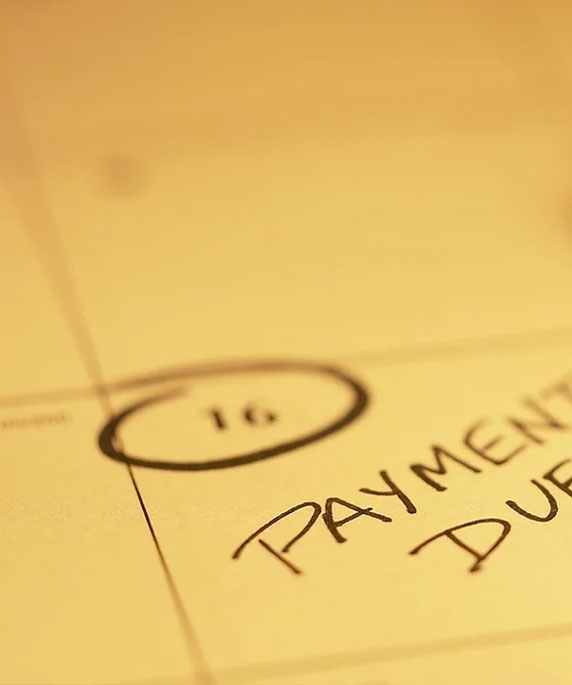Selling
Get the most out of your sale
At Golden Tree Estates we take a people-first approach to selling houses. We put our clients need at the heart of everything we do.
Selling your home, whatever the reason, can be a difficult and stressful time. Our refined sales process is designed to make the experience as smooth and stress-free as possible and we work tirelessly to make sure the experience is positive for you.
We take care of everything for you, from listing your property to finding the right buyer. We will conduct viewings, negotiate offers and take care of all the legal paperwork involved in the sale. Our aim is to make the process as simple and efficient as possible, while getting you the best price so you can focus on your next move.
View our latest Properties


Repossession
What happens when a property is repossessed
Falling behind on mortgage payments can be a terrifying experience, and if left unaddressed, can lead to repossession proceedings. Even if you've been paying your mortgage for years, a sudden change in your financial situation can put you at risk of losing your home.
Facing the possibility of repossession can cause a great deal of personal pain and challenges. The fear and uncertainty of losing one's home can be overwhelming, and the impact on credit scores and financial stability can be long-lasting. If your house is repossessed you will be unable to take out further mortgages, personal loans, or credit cards for 6 years. The repossession process can involve legal action and eviction, further compounding the stress and upheaval.
It’s important to make sure you understand the process and the actions you can take now for the best possible outcome and the options for selling your home now.
Find Out More Information
The Repossession Process
Step 1: Notice of Default
This notice is sent by the lender to the borrower and specifies the amount of money that the borrower is behind on their payments. The borrower is given a set period of time to catch up on their payments, typically around three months. If the borrower fails to make up the missed payments within this time frame, the lender may proceed with the repossession process.
Step 2: Notice of Possession
If the borrower is unable to catch up on their payments, the lender will then send a Notice of Possession. This notice gives the borrower a final deadline to vacate the property. The borrower typically has around 14 days to vacate the property after receiving the Notice of Possession.
Step 3: Court Order
If the borrower does not vacate the property by the deadline specified in the Notice of Possession, the lender will then apply to the court for a repossession order. The court will then issue a court order for repossession, which gives the lender the legal right to take back possession of the property.
Step 4: Repossession
Once the court order has been granted, the lender will arrange for the property to be repossessed. This typically involves the lender sending a bailiff to the property to remove the borrower and their belongings. The property will then be sold by the lender to recover the outstanding debt.









